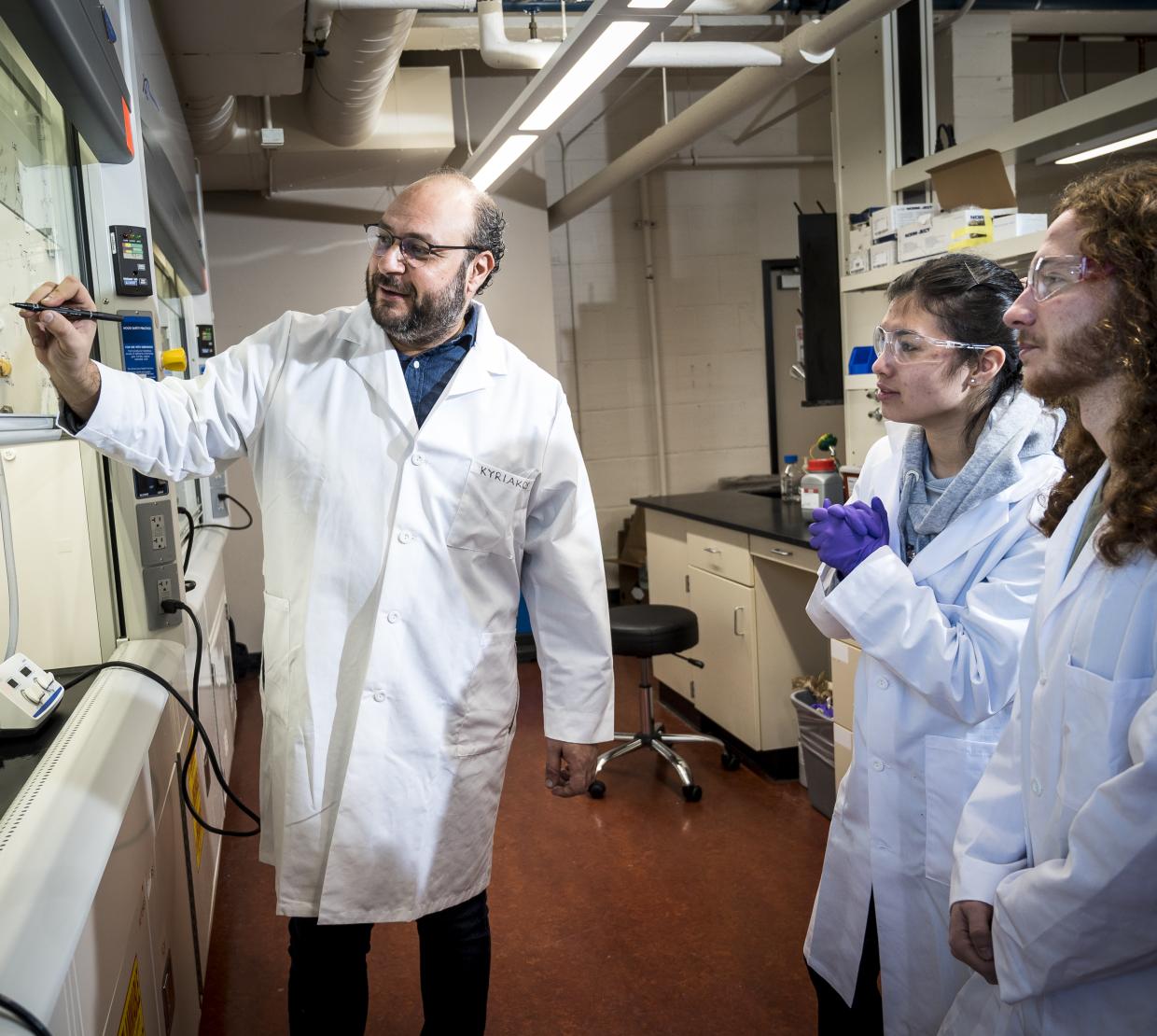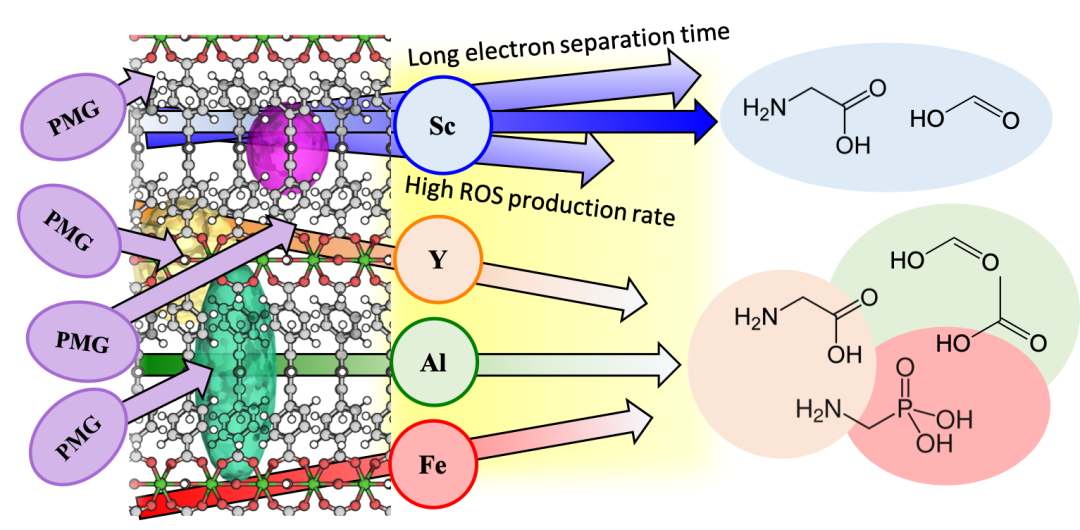Scientists led by an Oregon State University chemistry researcher are closing in on a new tool for tackling the global problem of weedkiller-tainted groundwater.
Kyriakos Stylianou of the OSU College of Science led an international team that identified a material known as a metal-organic framework, or MOF, that showed an ability to completely remove, and also break down, the oft-used herbicide glyphosate.
The MOF, one of four tested in a collaboration among scientists from Oregon State and Tiangong University in China, is based on scandium, chemical symbol Sc, and a carboxylate linker, TBAPy.
“When exposed to light for just five minutes, Sc-TBAPy eliminated 100% of glyphosate in water,” Stylianou said. “In addition to its quicker adsorption and more efficient photodegradation of glyphosate compared to the other three TBAPy MOFs we looked at, it also degraded the glyphosate without producing a toxic acid, unlike the other three.”
Findings were published in Nature Communications.
The MOFs in this experiment rely on photocatalysis. A catalyst is a substance that increases the rate of a chemical reaction without itself undergoing any permanent chemical change, and photocatalysts are materials that absorb light to reach a higher energy level and can use that energy to break down organic contaminants through oxidation.
Among photocatalysts’ many applications are self-cleaning coatings for stain- and odor-resistant walls, floors, ceilings and furniture.
Made up of positively charged metal ions surrounded by organic linker molecules, MOFs are crystalline, porous materials with tunable structural properties and nanosized pores. They can be designed with a variety of components that determine the MOF’s properties.
Glyphosate, also known as N-phosphonomethyl glycine or PMG, has been widely sprayed on agricultural fields over the last 50 years since first appearing on the market under the trade name Roundup.
“Glyphosate and other herbicides are commonly used to safeguard farms from weed infestations, but the persistence of glyphosate in the environment has been associated with potential health effects on various living organisms including humans,” Stylianou said. “Only a small percentage of the total amount of PMG applied is taken up by crops, and herbicides leaching into water channels are a primary cause of water pollution. That means it’s crucial to come up with innovative technologies and materials to combat this problem.”





